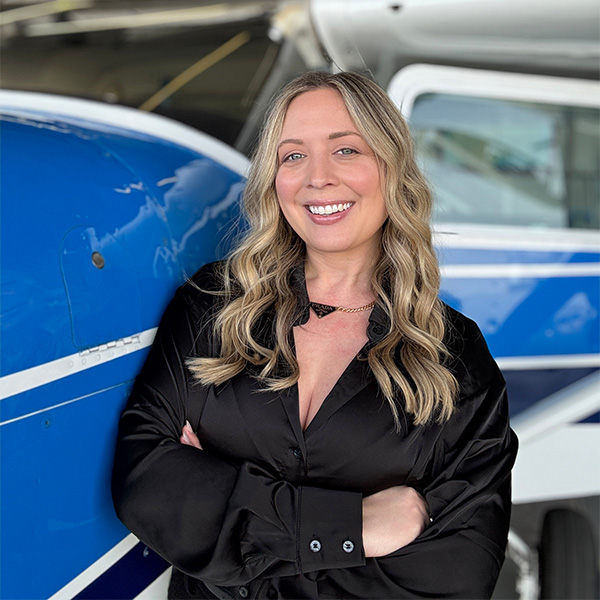FAA releases advanced air mobility plan
Strategy includes a piloted-first approach
The FAA released its plan for implementation of advanced air mobility (AAM) into the national airspace system over the next five years through the Innovate28 (I28) initiative.
AAM is defined in the AAM Coordination and Leadership Act as a “transportation system that moves people and property by air between two points in the United States using aircraft with advanced technologies, including electric aircraft or electric vertical take-off and landing aircraft, in both controlled and uncontrolled airspace.”
The plan specifies that in the scope of this near-term, five-year plan, AAM is limited to passenger-carrying or cargo operations with a pilot on board.
To bring these new aircraft and operations into the fold, the FAA, along with other entities like NASA, the Department of Transportation, and the Department of Defense, will be looking at the aircraft itself, the context of operations, operator training, the surrounding airspace, infrastructure, environmental impacts, and community engagement.
During aircraft development, the FAA says it plans to make changes to operational rules and pilot training requirements as appropriate and eventually develop permanent safety regulations for powered-lift operations and pilot training certifications.
Through what the FAA is calling its “crawl-walk-run” approach, the agency plans to integrate early operations using current infrastructure and existing services while working to increase scale and automation of AAM operations and how they will integrate with other aircraft operating in the NAS.
At this time, these new aircraft are “expected to be type certificated as special class under 14 Code of Federal Regulations (CFR) § 21.17(b). Because these aircraft have novel airframes and powerplants, the FAA is using many of the performance-based regulations in 14 CFR part 23, Airworthiness Standards: Normal Category Airplanes, for the certification basis.”
Operators of these AAM aircraft are expected to operate under FAR Part 135 and be type rated for each powered-lift aircraft they fly. This means that pilots of these aircraft will still be required to hold at least a commercial pilot certificate and have at least 1,200 hours of flight time as a pilot, including 500 hours of cross-country flight time, 100 hours of night flight time, and 75 hours of actual or simulated instrument time with at least 50 of those hours in actual flight.
AAM operators are also expected to comply with current communication, ATC, navigation, and surveillance requirements within the airspace in which they’re operating. Under the I28 plan, aircraft would operate from the surface to 4,000 feet agl in urban and metropolitan areas, meaning they will largely operate in or around Class B and C airspace. These aircraft will be required to be equipped with ADS-B Out and have an operational transponder with altitude reporting capabilities.
Initial flight operations from 2025 to 2028 are planned to utilize existing airports and heliports with modifications to meet the FAA’s interim guidance for vertiport designs, if applicable.
Electric vertical takeoff and landing aircraft manufacturer Joby Aviation is working with the FAA and Delta to prepare its air taxi service for a planned launch in 2025 and rolled out its eVTOL production prototype earlier this year. Archer, another California-based eVTOL manufacturer, unveiled its piloted, four-passenger production aircraft, Midnight, in November and completed final assembly and initial testing of the aircraft in May. Archer announced it was preparing Midnight for its flight test program. Other eVTOL contenders, like Wisk Aero, may have to wait a bit longer before their self-flying, pilotless aircraft can be incorporated into the NAS.
For more detailed information, you can read the entire AAM implementation plan here.




